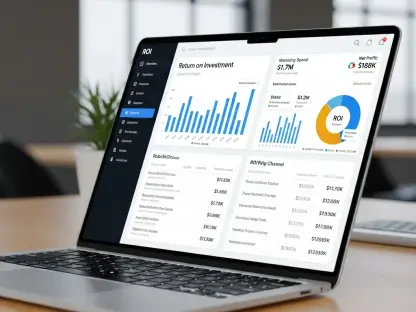Even the best copy can fall flat without the right visual content. And when it comes to your events, nothing captures them better than your camera, as long as you know how to use it. The obvious choice would be to hire a photographer, but one—that’s not always in the budget and two—it makes posting event photos in real-time a big hassle.
Still, then you’re left with employees taking photos on their phones, which doesn’t always yield great results. Few PR/social media professionals are also trained photographers, so their photos will often turn out over- or underexposed, blurry, or just bland.
But fret not, because we’re here to help you save money without compromising on photo quality. These tips will turn employees into your company’s own amateur photographers so that your event photos are always Instagram-ready. Furthermore, we’ll focus on what’s relevant for phone cameras, so that anyone can take out their device and snap a good photo.
Use the rear camera as much as possible
Most phones today have cameras in two positions: a front-facing camera and the main camera on the back. While the front camera is fine for selfies, the main one is significantly better in every way. Use it as much as possible to achieve better photo quality.
Turn on grid lines
The grid lines option on your phone displays two vertical and two horizontal lines across your screen. It helps you capture straight images (especially if you’re taking a wider shot where the horizon is visible) and improve the composition of your photos. To take nicely proportioned pictures, position the subject of the photo where any two lines intersect on the grid.
Turn HDR on
Light can be very tricky to control outside of a studio and that’s why sometimes certain parts can appear too bright or too dark. HDR fixes that, so if your phone has this feature, use it.
Make sure you tap the screen to focus
Phone cameras don’t always choose to focus where you want them to—and the solution is simple. Whenever you take a picture, make sure you tap the screen on the area you want in focus, then take the photo.
Lens attachments
The small lenses on your phone can only capture so much, but the good news is that there is an affordable way to go beyond stock features: lens attachments. You can use a wide-angle lens attachment to capture a wider field of view (especially useful for large group photos) or a zoom lens attachment to get in closer to your subject.
Use natural light whenever possible
Unless you’re in a studio, your best bet for good lighting will probably be the sun. Try to take photos near windows (facing away from them) or outdoors.
Capture logos in your photos
Events might be fun, but let’s not forget the reason everyone is there: business. And getting your logo—or your partners’ logos—in your photos is a great way to increase brand visibility.
Capture candids of people interacting
Carefully posed shots aren’t always the best result you can get. When it comes to events where people are enjoying themselves and interacting, candids are a great way to showcase the atmosphere. Try walking around the venue looking for the main attractions or wherever people gather to socialize and capture some real moments.
Take multiple photos
Don’t put all your eggs in one basket, especially when it comes to photos. Even if you’re careful, the smallest thing can ruin your photo: the tip of a finger in a corner, someone yawning in the background, exposure issues… That’s why you should always photograph each subject multiple times—and don’t be afraid to mix up the angles and orientation of the photo.
Get creative with portrait mode
If you’re taking photos of attendees, portrait mode can give them a more professional look. The background blur effect makes the viewer focus on the subject, not the background.
Capture tables from a lower angle
You may have noticed that table shots rarely turn out great. Whether you can’t see the subjects’ faces properly or whatever is on the table distracts the attention, it just feels like you can’t win. The easiest way to get a decent table shot is to hold your phone at the seated subjects’ eye level. This way, you’re not wasting image real estate on what’s under the tabletop and you can also capture your subjects from the front.
Unless you’re streaming on Stories, film horizontally
As a general rule, you should always shoot video horizontally, since most screens have that orientation. If you’re filming exclusively for your social media stories, then vertical video is fine.
Edit your photos
Modern phone cameras generally take good quality shots, but that doesn’t mean you shouldn’t spruce them up a bit. Most phones come with software pre-installed so that you can adjust an image’s contrast, brightness, saturation, and so on, as well as apply some basic filters.
These tips won’t turn anyone into a professional photographer, but they will definitely help you take better photos for social media, maybe even save you some money. Use them to master your phone’s innate abilities and you’ll see a huge improvement in your photos.









